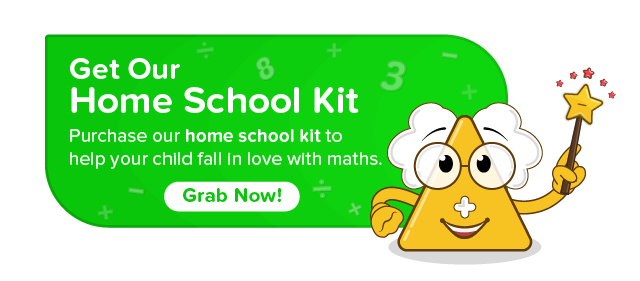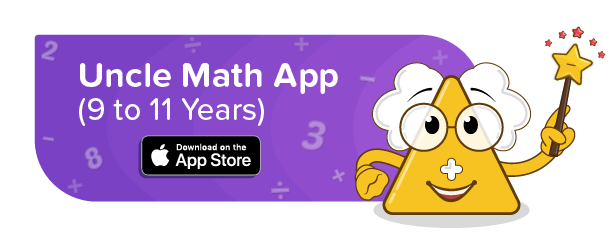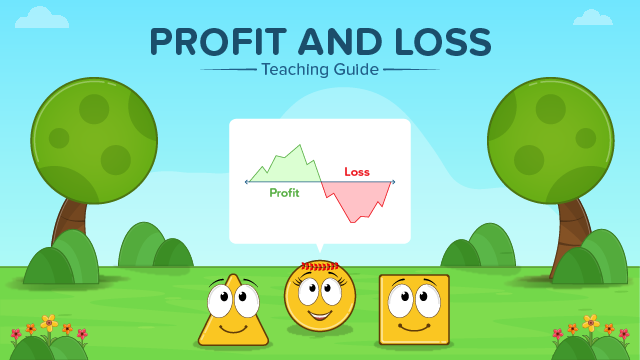
A person makes a profit or suffers a loss when they purchase an item for one price and then sell it for another. The entire process of making a transaction using money is accompanied by a number of phrases.
This teaching guide aims at comprehending these useful terms and concepts of profit and loss in a simplified manner. We at Fun2do Labs have tried to explain the concept in a fun way by using animated comic videos, stunning posters, interesting activities, and kid-friendly worksheets.
We use the terms profit and loss to determine whether a deal is profitable or not. We use these terms frequently in everyday conversation. The following are the terms related to selling or buying items :
Cost Price
The cost price is the cost at which an item is purchased. The cost price is abbreviated as “CP”.
Selling Price
The selling price of an item is the price at which it is sold. The selling price is abbreviated as “SP”.
Marked Price
The price that the seller puts on the product’s label is known as the marked price. The item’s marked price is typically higher than its cost price. It is referred to as “MP”
Discount
The amount that the seller offers to reduce the selling price is referred to as the discount.
Discount = Marked Price – Selling Price
Three conditions could appear when selling an article :
- The cost price is lower than the selling price, or C.P. < S.P.
- Cost price is greater than selling price; that is, C.P. > S.P.
- Cost price is the same as selling price, or C.P. = S.P.
The seller either gains money or loses money depending on this scenario.
Profit
A profit in the transaction occurs when the selling price of an item exceeds its cost price. Profit is also called gain. Profit is determined using the following formula :
Profit = Selling Price – Cost Price
P = SP – CP
Loss
There is a loss in the transaction if the selling price of an item is less than the cost price. The loss is calculated using the following basic formula :
Loss = Cost Price – Selling Price
L = CP – SP
Profit And Loss Percentage
Following formulas are used to determine the profit and loss percentage. Both are calculated using cost price of the item.
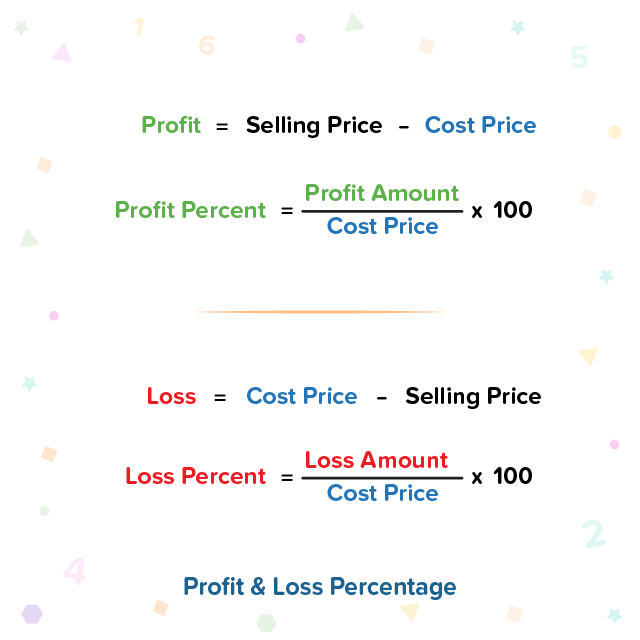
Teaching profit and loss with kid-friendly, clear, and easy-to-understand posters from Uncle Math School by Fun2Do Labs :
Ignite kids’ curiosity with engaging stories for role play and skits, making the learning of this concept an exciting and effective experience. Teaching profit and loss through stories from Uncle Math School by Fun2Do Labs :
Learning profit and loss can be made enjoyable by incorporating interactive games and activities.
Business Enactment!
This is the activity that kids love the most, and they learn while enacting the market scene. Divide children into different groups. Assign some roles, like customers, retailers, wholesalers, etc. Set children free to decide their product’s CP, SP, MP, and discount.
Transform class into the look of the market. Educators can move to different shops and interview customers about questions like :
To shopkeepers :
- What is the SP of your product?
- What is the CP of your product?
- By selling this, will you experience profit or loss?
To customers :
- What is the marked price of your product?
- Why did you choose this shop to buy this product?
- How much is the discount on the product?
Children will answer these questions using all the important formulas related to profit and loss, which in turn will teach them this concept.
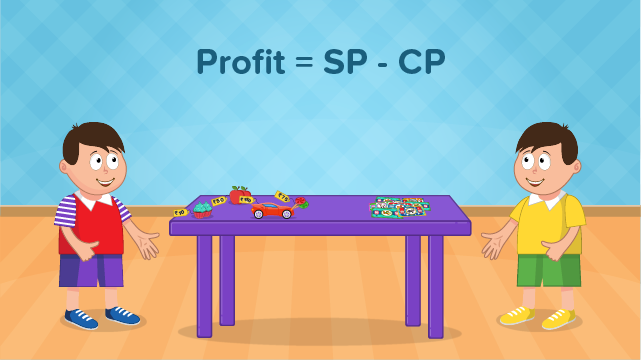
Help your kids practise profit and loss with interesting and engaging fun worksheets and solutions from Uncle Math by Fun2Do Labs.


